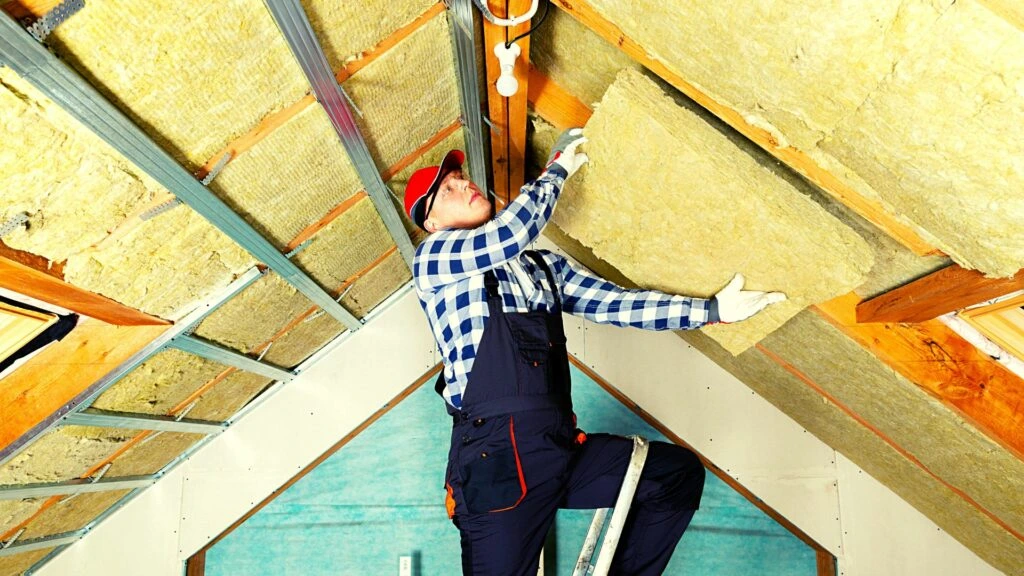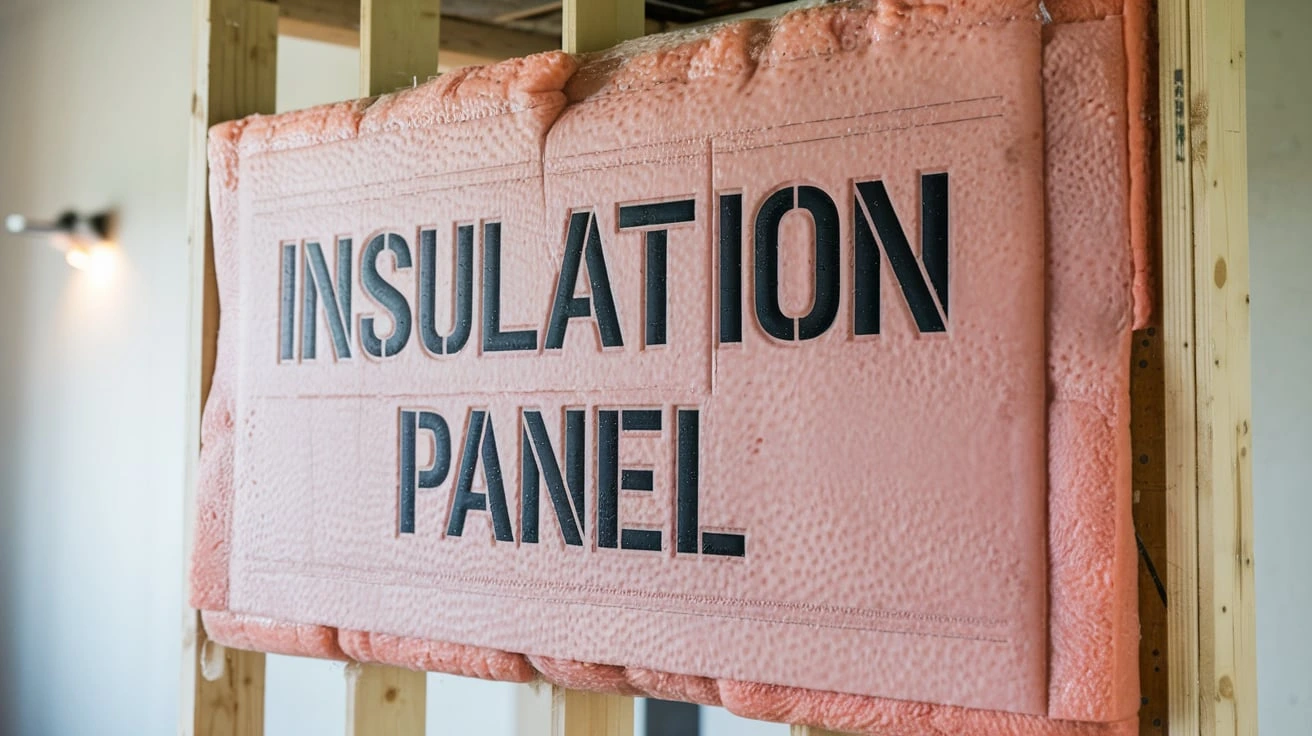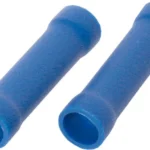Insulation panels are essential materials used to enhance energy efficiency in buildings while providing superior comfort. These panels come in various forms, each designed to address specific insulation needs in residential and commercial settings. This comprehensive guide explores the different varieties of insulation panels, their advantages, and practical strategies for installation.
Insulation panels are prefabricated components engineered to reduce heat transfer between indoor and outdoor environments. They are typically composed of materials like expanded polystyrene (EPS), extruded polystyrene (XPS), and mineral wool, making them versatile for various applications.

Content
Diverse Types of Insulation Panels

Vacuum insulation panels (VIPs) stand out due to their exceptional thermal performance. These panels consist of a core material enveloped in a vacuum-sealed barrier, significantly minimizing heat transfer. They are particularly useful in applications where space optimization is critical, such as in high-performance buildings and appliances.
Rigid foam insulation is a popular choice, known for its flexibility and effectiveness. This category includes both EPS and XPS. Below is a comparative overview of these types:
| Type | R-Value per Inch | Cost | Ideal Use |
| Expanded Polystyrene (EPS) | 3.6 – 4.2 | Low | Walls, roofs, and floors |
| Extruded Polystyrene (XPS) | 5.0 – 5.5 | Moderate | Exterior walls and foundation |
Mineral wool insulation, often referred to as rock wool, is made from natural or recycled materials. Its inherent fire-resistant and sound-absorbing properties make it ideal for commercial structures, educational facilities, and healthcare environments.
Other materials like cellulose, aerogel, and polyurethane also offer distinct benefits. Aerogel, for instance, is an advanced insulation medium known for its high thermal resistance and lightweight nature, although it may carry a higher price tag compared to conventional options.
Advantages of Panels
One of the primary benefits of insulation panels is their significant contribution to energy efficiency. By minimizing heat loss in colder months and preventing heat gain during warmer periods, they can lead to reductions in heating and cooling expenses by as much as 20%.

Additionally, these panels excel in soundproofing, making them suitable for locations subject to high noise levels or for facilities that prioritize acoustic performance, such as theaters or recording studios.
Fire safety is another crucial advantage, especially with materials like mineral wool, which provide robust fire resistance. This feature is particularly important for commercial constructions that must adhere to stringent safety regulations.
From an environmental perspective, selecting recyclable insulation materials can help reduce your carbon footprint. Options such as EPS and XPS are often eco-friendly and can be repurposed or recycled, promoting sustainable building practices.
Selecting the Appropriate Panel
When determining the best insulation panels for your project, several key factors must be considered.
- R-Value and Thermal Resistance: A higher R-value indicates superior insulation performance.
- Cost Versus Performance: Evaluate the initial investment against long-term savings in energy costs.
- Specific Application Needs: Different types of insulation panels may be more appropriate for residential versus industrial applications.
Effective Installation Strategies
Preparation is essential for successful installation. Gather all necessary tools and materials in advance, ensuring that safety protocols are observed, including the use of protective gear and proper ventilation.
For the installation process, follow these steps:
- Measure and Cut: Accurately cut the panels to fit the designated area.
- Attach: Secure the panels using appropriate adhesives or mechanical fasteners.
- Seal Joints: Employ tape or sealant to close any gaps and prevent air leaks.
To avoid common pitfalls, ensure that moisture control measures are in place to prevent mold growth and that all joints are sealed effectively to maintain insulation efficiency.
Maintenance and Care
To maximize the lifespan of your insulation panels, conduct regular inspections to identify any signs of damage, such as moisture intrusion or pest activity. Address any issues promptly to maintain optimal performance.
In conclusion
selecting the appropriate panels can dramatically influence a building’s energy efficiency and comfort levels. By understanding the various types available and their distinct advantages, you can make an informed choice tailored to your insulation requirements. Whether embarking on a new construction project or a renovation, integrating insulation panels can significantly enhance your living or working environment.
Frequently Asked Questions (FAQs)
How do insulation panels compare to traditional insulation?
Insulation panels generally provide higher R-values and can offer simpler installation methods compared to traditional insulation techniques.
Can insulation panels be utilized in DIY projects?
Yes, many homeowners can effectively install insulation panels with the right tools and detailed guidance.
What long-term advantages accompany the installation of insulation panels?
Long-term benefits include lower energy bills, enhanced comfort levels, and increased property value.

Elena Mohr is a dedicated home blogger who has been blogging for over six years. She covers everything home related. Elena also loves writing posts about her travels to Europe with her husband and two children.

![Why Spray Foam Insulation Vaughan Homes Need: An Expert Guide [2025] Spray Foam Insulation](https://starthomeimprovement.com/wp-content/uploads/2025/09/image-150x150.png)










